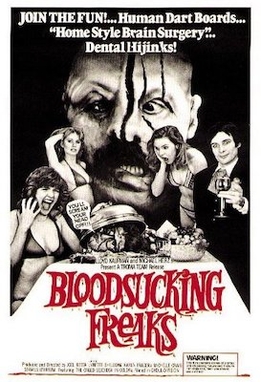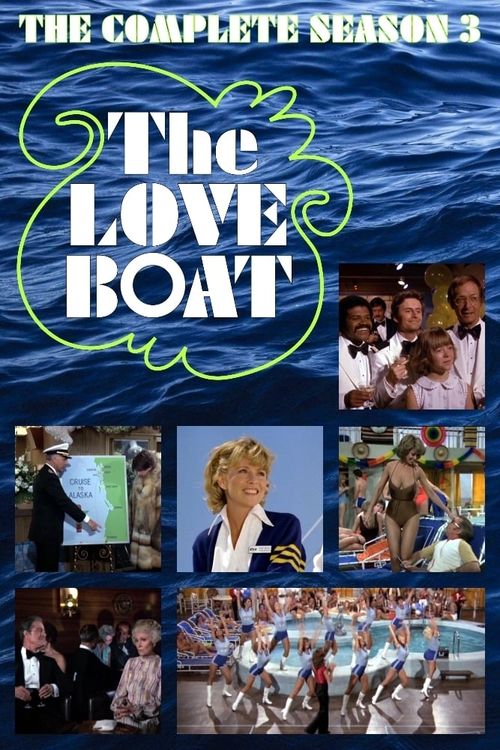1981’s Image of the Beast picks up from where A Distant Thunder ended.
The world is in economic and political chaos, largely as a result of millions of people vanishing a few years before. (The government says the people were abducted by UFOs but everyone left behind knows it was actually the rapture.) Brother Christopher and the United Nations are controlling the world. Order is kept by UNITE. Those who fail to get the Mark on either their palm or their forehead are not allowed to buy food or get healthcare. In fact, Brother Christopher has declared that the mark is no longer optional and anyone who refuses to get it will be executed.
A Distant Thunder ended with Patty Myers (Patty Dunning) facing the guillotine and that’s where Image of the Beast picks up. She is given one final chance to voluntarily take the mark before being put under the blade but, in obvious fear and shock, Patty says nothing. Two UNITE soldiers tie her the ground, with her neck directly under the guillotine’s blade.
Finally, Patty yells, “I want the mark!”
However, at the same time that Patty makes the declaration, an earthquake hits and the skies turn black. The cowardly soldiers run off, leaving Patty under the blade. Realizing that she is witnessing the breaking of one of the apocalyptic seals, Patty attempts to free herself from her bounds. Unfortunately, she moves around so much that the loosened blade comes crashing down and she promptly loses her head.
So much for Patty!
The action then shifts to a new character, a Christian rebel named David Michaels (William Wellman, Jr., who also played a different role in every single Billy Jack movie). David, who has disguised himself as a member of UNITE, is looking for Leslie (Wenda Shereos), another Christian who escaped from execution during the earthquake. David doesn’t find her but he does stumble upon Kathy (Susan Plumb), Kathy’s son (Ben Sampson), and the Rev. Matthew Turner (Russell S. Doughten, JR., who not only produced the Thief In The Night films but who also directed films like Nite Song). Rev. Turner lives in a farmhouse and looks a lot like Santa Claus. He has a helpful graph on his wall that can be used to understand just how far along the world is into the apocalypse.
As Rev. Turner explains it, computers are the new “golden calf.” Why, people believe that computer can do anything better than humans! They’re letting computer run their lives and Brother Christopher is using that to his advantage! (Keep in mind, this film was made in 1981 so the computer that he’s talking about are those big, boxy computers that took hours to do the simplest tasks.) Fortunately, David used to be a computer technician and he thinks that he’s come up with a way to 1) create a counterfeit mark and 2) corrupt Brother Christopher’s precious computer system!
(Calculators, interestingly enough, are referred to as being hand computers. If nothing else, this film proves that paranoia about technology is hardly a new phenomena.)
Much like the previous films in the series, there’s a lot of scenes of the heroes trying to sneak around Des Moines without blowing their cover and revealing themselves to be believers. And like A Distant Thunder, there’s a lot of talk about events that are happening that we never actually see. This one of those films that deals with its low budget by having all of the big events happen off-screen. The characters in this film spend a lot of time listening to breathless news reports on the radio and on television. And while that can feel a bit anti-climatic, it’s also strangely effective in its way. It captures the feeling of finding yourself in a situation where you’re never quite sure if you’re hearing the truth and it also captures the feeling of helplessness that comes from knowing that there are huge things happening that you can’t control. While the film is a bit too talky for its own good, director Donald W. Thompson does a good job of creating an atmosphere of sustained paranoia. Every time that David and Kathy walk around Des Moines, you’re expecting someone to grab them. The fact that Des Moines, itself, is hardly a shadowy metropolis adds to paranoia. “If this could happen in Iowa,” the film seems to be saying, “it could happen anywhere.”
Image of the Beast was a success on the church circuit and it was followed by one final Thief in the Night film, which I will discuss tomorrow.







